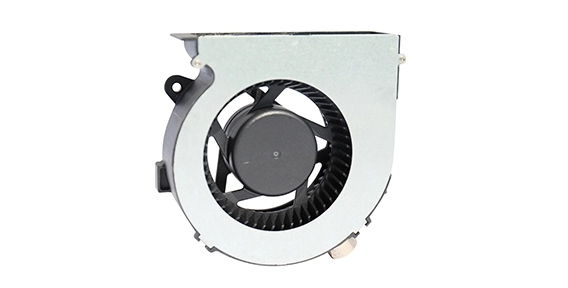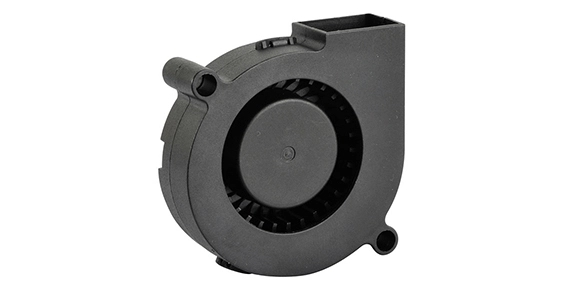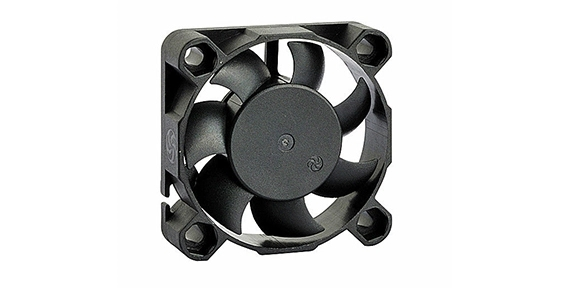Laptops have become an essential part of our daily lives, allowing us to work, study, and connect with others. However, like any electronic device, laptops are prone to problems, and one common issue users encounter is with the laptop fan. In this article, we will explore common laptop fan problems and troubleshooting techniques to keep your device running smoothly.
How to clean a laptop fan
One of the most common problems with laptop fans is the accumulation of dust and debris, obstructing the fan's efficiency. This build-up can cause the fan to operate at a higher speed, leading to increased noise and potential overheating issues. Cleaning your laptop fan regularly is essential for maintaining its optimal performance. Here's a guide on how to clean a laptop fan:
Turn off your laptop and disconnect the power cord.
Locate the vent where the fan is placed. This vent is usually found on the side or bottom of the laptop.
Use a can of compressed air to blow out any dust or debris from the vent. Hold the can upright and avoid tilting it, as this may release liquid.
Repeat the process for all vents and openings on your laptop.
To remove stubborn dirt, you can use a soft brush or a toothbrush to gently scrub the surface of the vent.
Once you have finished cleaning, reconnect the power cord and turn on your laptop. You should notice a decrease in fan noise and improved cooling.

How to fix a noisy laptop fan
A laptop fan can become noisy due to various reasons, including dust accumulation, worn-out bearings, or a malfunctioning motor. If your laptop fan is making excessive noise, follow these steps to help fix the issue and learn the axial fan uses:
1. Shut down your laptop and unplug the power cord.
2. Use compressed air to clean out any dust and debris from the fan and vents.
3. If the noise persists, you may need to replace the fan. Consult your laptop's user manual or manufacturer's website for specific instructions on how to access and replace the fan.
4. Consider purchasing a high-quality replacement fan from a reputable seller. Ensure compatibility with your laptop model before making a purchase.
5. Carefully remove the old fan and install the new one. Make sure all connections are secure.
6. Once the replacement is complete, plug in the power cord and turn on your laptop. The excessive noise should now be resolved.

Signs of a failing laptop fan and how to replace it
Sometimes, laptop fans may fail completely, leading to severe overheating and potential damage to your device's internal components. Here are some signs that your laptop fan may be failing:
Overheating: If your laptop consistently feels excessively hot or shuts down unexpectedly due to overheating, it may be a sign of a failing fan.
Increased noise: A fan operating at its maximum speed may produce louder than usual noise. This could be due to a failing motor or worn-out bearings.
Fan not working at all: If your laptop fan is not spinning or functioning properly, it is a clear indication of a failing fan.
To replace a failing laptop fan, follow these steps
1. Turn off your laptop and remove the power cord.
2. Refer to your laptop's user manual or the manufacturer's website for instructions on how to access the fan.
3. Disconnect any cables or connectors attached to the fan.
4. Carefully remove the old fan from its mounting.
5. Install the new fan in the same position, ensuring all connections are secure.
6. Reassemble your laptop and plug in the power cord.
7. Test the new fan by turning on your laptop. The overheating and noise issues should now be resolved.
In conclusion, the laptop fan plays a crucial role in keeping your device cool and preventing overheating. Regular maintenance, such as cleaning the fan and addressing any issues promptly, is essential for keeping your laptop running smoothly. By following the troubleshooting techniques outlined in this article, you can alleviate common laptop fan problems and improve the overall performance and longevity of your device.

 EN
EN 

 +
+
 +
+
 +
+



